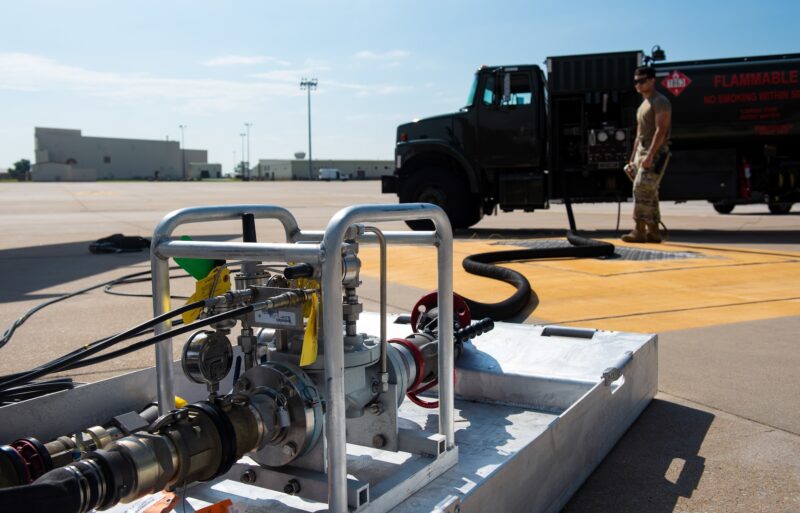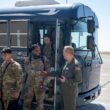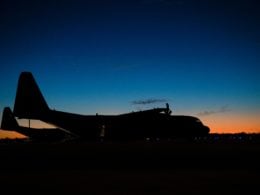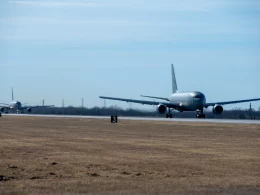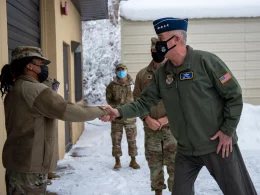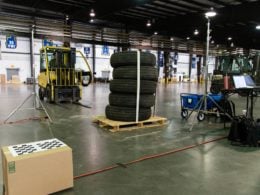MCCONNELL AIR FORCE BASE, Kan. —
The 22nd Logistic Readiness Squadron received two Versatile Integrating Partner Equipment Refueling (VIPER) kits, the latest innovation in refueling methods, this year.
The VIPER kit is an adapter that allows hot refuel operations, which is when the aircraft still has its engines running, with any existing infrastructure. It utilizes host nation refueling equipment, such as refueling trucks, to support any U.S. Air Force aircraft, anywhere in the world.
“It expedites the process,” said Senior Airman Felix Cruz, 22nd LRS fuels lab technician. “The kit is like the middleman. We don’t know if the host nation is rated or up to the standards of the military [for hot pit refueling], so we’re going to use our kit that we know is up to standard. You feed it to us, and we will feed it to the aircraft.”
The 22nd Air Refueling Wing has been at the forefront of new KC-46A Pegasus capabilities, and the VIPER kits are pushing the envelope of U.S. Air Force refueling, making it an excellent tool for McConnell. The kit provides flexibility and efficiency for refueling operations, falling under the Agile Combat Employment (ACE) concept and strengthening joint-force capabilities across the world.
“They’re important because when we’re overseas and in a location we don’t have our [refueling] assets out there, we don’t have to rely on our own assets that are rated for hot pits,” said Airman 1st Class Ivan Herrara, 22nd LRS fuels service center controller. “We can keep them at a distance with our VIPER kit, which is essentially an extension. We like the aspect of preparedness it gives us.”
Transporting the VIPER kits is also cost effective compared to sending fuel trucks or a team of Airmen to operate them and are estimated to have save approximately $1 million in the Pacific annually.
“Instead of sending our trucks we would send [the VIPER] because it costs less,” Cruz said. “It’s just that kit and not a whole truck that they have to empty and clean out.”
An Airman who is trained to refuel using traditional equipment will already know how to use the kit, which decreases mission response time and provides flexibility for not only the U.S. Department of Defense, but also its NATO partners and allies.
“The pressure control valve keeps that consistent pressure of 35-55 psi, and all you’re really doing is operating the dead man,” Cruz said. “So, let the fuel go or make it stop. You also have the operator of the truck wherever the host nation is operating their dead man. They’re sending fuel to our pressure control valve, and we’re hitting our dead man to send fuel from the pressure control valve to the aircraft.”
The VIPER kits became a part of ACE in October 2021 after it was the viewer’s choice at the AFWERX’s 2021 Spark Tank competition during the Air Force Association’s virtual Aerospace Warfare Symposium in February of the same year.




